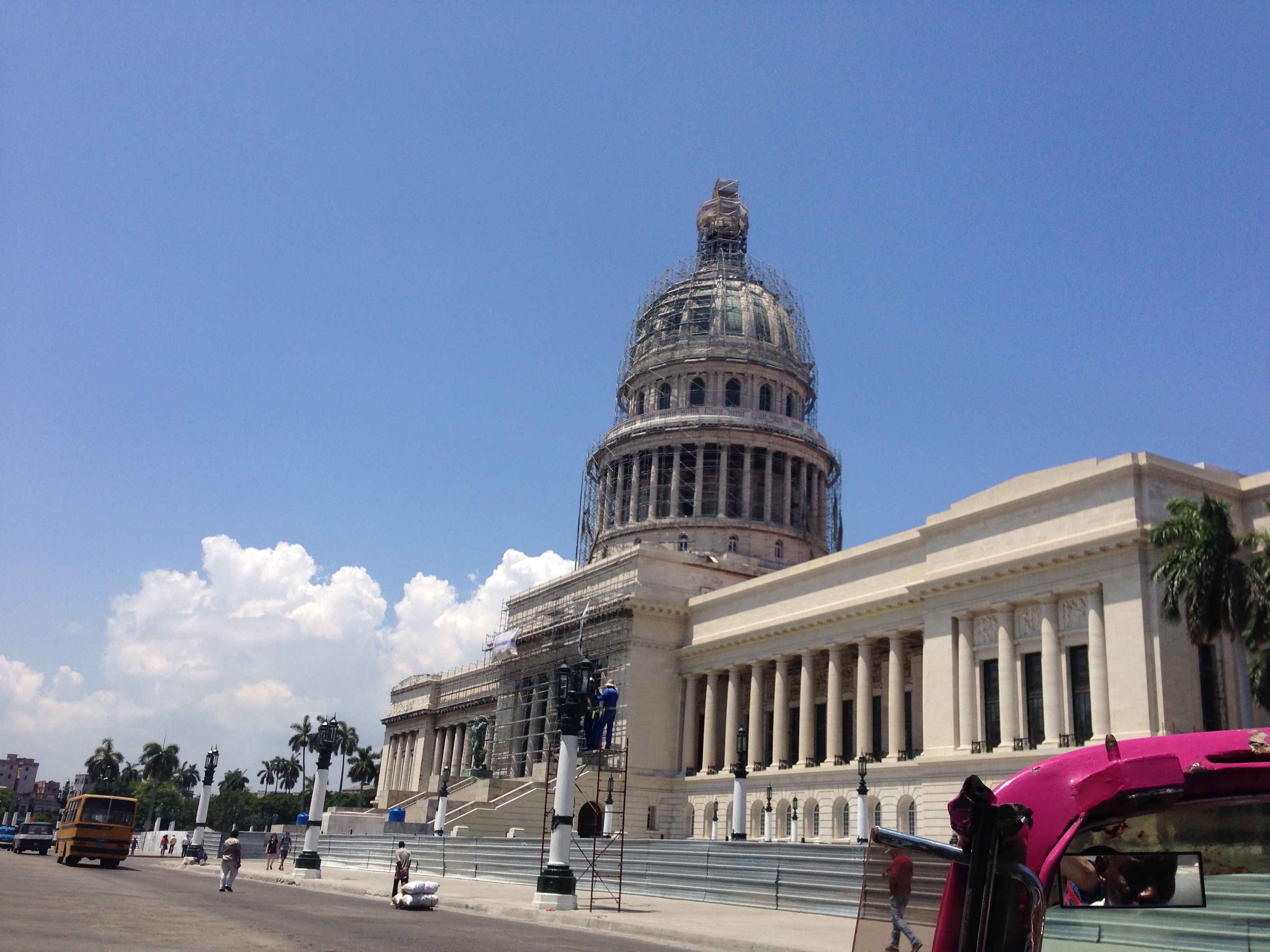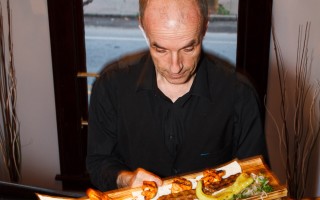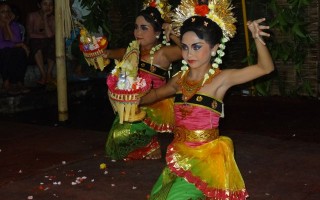
Whether you’re looking for delicious food, vintage car rides, architectural gems, or lively dance, Cuba has it all. Here are the best reasons to visit Cuba… 1. Tour Havana in a classic American car. Drive through Havana in a vintage Chevrolet convertible for a once-in-a-lifetime experience! Adolfo, our guide/driver of a bright pink Chevy, tested […]

As part of our monthly focus on cultures in Atlanta, Go Eat Give hosted Destination Turkey an evening to discuss the cuisine, culture, travel and issues in Turkey. The event was held at Cafe Mezo, a Midtown establishment opened in January 2014 by two brothers who migrated from Istanbul. Kemal, one of the brothers, was […]

Go Eat Give volunteers in Bali were invited to a family temple in Sukawati village for a ceremony and festivities. This temple celebrates its anniversary every six months, when all the village residents get together to pray and the little ones put up a performance of music and dance. Only the family members that are […]